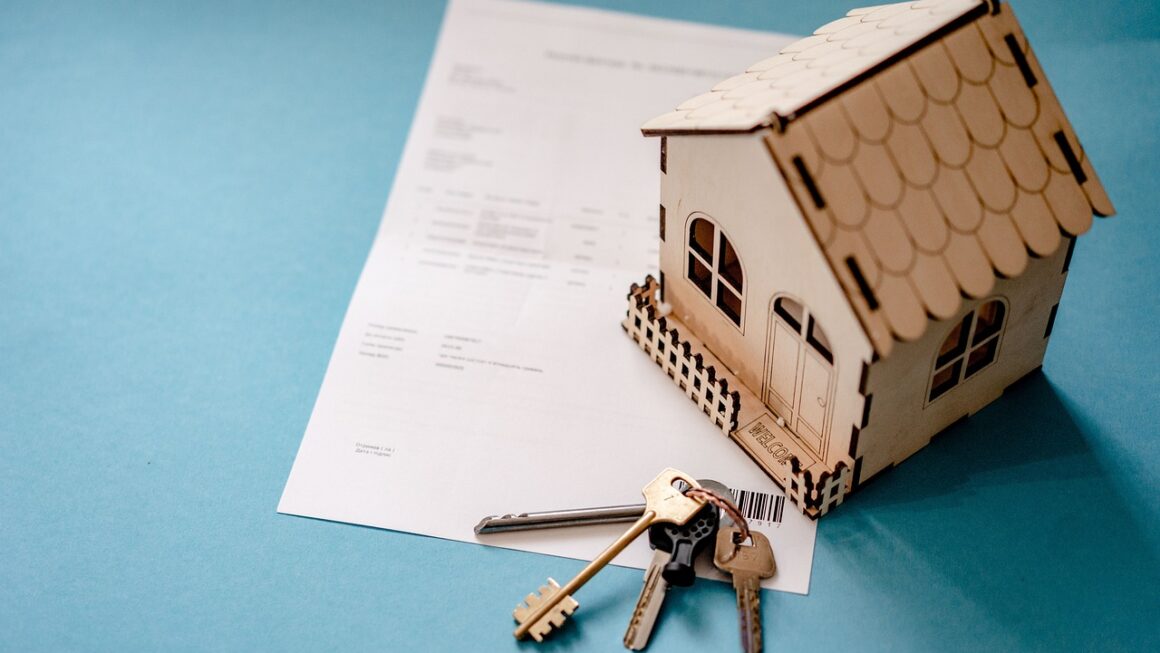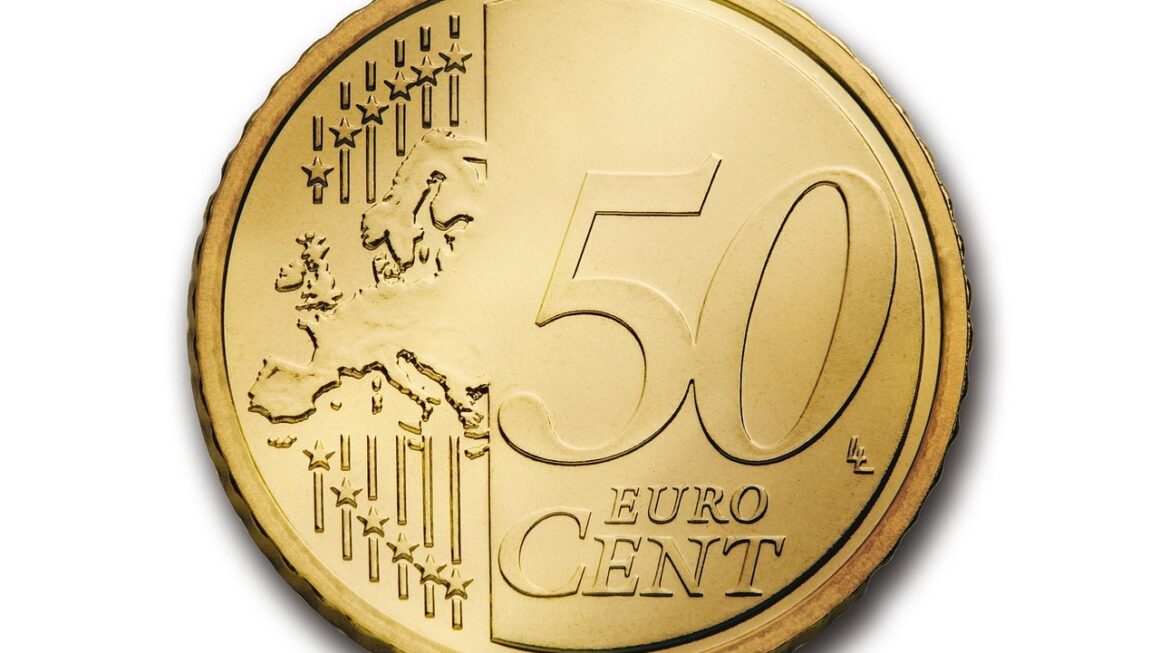Imagine waking up one morning to a leaky roof, a sudden job loss, or an unexpected medical bill. The stress and anxiety can be overwhelming. But what if you had a financial cushion to fall back on? That’s where an emergency fund comes in – a safety net designed to protect you from life’s inevitable curveballs. This post dives deep into the world of emergency funds, providing you with the knowledge and tools to build one that offers true peace of mind.
What is an Emergency Fund?
An emergency fund is a readily accessible savings account specifically designated to cover unexpected expenses. It’s not for vacations, new gadgets, or impulse purchases; it’s strictly for genuine emergencies that could disrupt your financial stability. Think of it as your financial first-aid kit.
Why You Need an Emergency Fund
- Financial Security: Prevents you from going into debt when facing unforeseen expenses.
- Peace of Mind: Reduces stress and anxiety knowing you can handle unexpected situations.
- Flexibility: Allows you to make important decisions without financial pressure (e.g., accepting a lower-paying job that’s a better fit).
- Avoid Debt: Prevents reliance on high-interest credit cards or loans.
- Opportunity: Provides capital to take advantage of unexpected opportunities (e.g., a discounted educational course).
Common Emergency Situations
- Job loss or furlough
- Unexpected medical bills (deductibles, co-pays)
- Car repairs or accidents
- Home repairs (plumbing, electrical, appliance breakdowns)
- Unexpected travel (family emergencies)
- Legal fees
How Much Should You Save?
Determining the right amount for your emergency fund is crucial. A general rule of thumb is to save 3-6 months’ worth of essential living expenses. However, the ideal amount varies based on individual circumstances.
Calculating Your Essential Living Expenses
Example:
- Rent: $1,500
- Utilities: $300
- Food: $400
- Transportation: $200
- Insurance: $100
- Debt Payments: $200
Total essential monthly expenses: $2,700
Emergency Fund Goal (3 months): $2,700 x 3 = $8,100
Emergency Fund Goal (6 months): $2,700 x 6 = $16,200
Factors Affecting Your Target Emergency Fund Size
- Job Security: If you work in a volatile industry or have a less stable job, aim for the higher end (6 months or more).
- Health Insurance Coverage: If you have high deductibles or limited coverage, a larger fund is advisable.
- Family Situation: If you have dependents or are the sole breadwinner, a larger fund is critical.
- Debt Levels: If you have significant debt, especially high-interest debt, consider a slightly larger fund to avoid further debt accumulation during an emergency.
- Risk Tolerance: Your comfort level with financial risk also plays a role. If you prefer more security, aim for the higher end of the range.
Where to Keep Your Emergency Fund
Accessibility and safety are paramount when choosing where to store your emergency fund. You need to be able to access the funds quickly and easily, but also ensure they are secure.
High-Yield Savings Accounts (HYSAs)
- Pros: Offer higher interest rates than traditional savings accounts, FDIC-insured (up to $250,000 per depositor, per insured bank), easily accessible.
- Cons: Interest rates may fluctuate, may have minimum balance requirements.
- Example: Many online banks offer HYSAs with competitive interest rates. Compare rates and terms before choosing one.
Money Market Accounts (MMAs)
- Pros: Similar to HYSAs, often offer tiered interest rates (higher balances earn higher rates), may offer check-writing privileges.
- Cons: Interest rates may fluctuate, may have higher minimum balance requirements than HYSAs.
Certificate of Deposit (CD) Ladders (Potentially for a Portion)
- Pros: Offer fixed interest rates for a set period, can be structured to provide regular access to funds.
- Cons: Funds are locked up for the term of the CD, early withdrawal penalties may apply.
- Example: Create a CD ladder with CDs maturing at different intervals (e.g., 3-month, 6-month, 9-month, 12-month CDs). This allows you to access funds every few months without penalty. This strategy works best for funds exceeding your basic 3-6 months needs.
Important Note: Avoid investing your emergency fund in stocks or other volatile assets. The primary goal is preservation of capital, not growth.
Building Your Emergency Fund: A Step-by-Step Guide
Building an emergency fund takes time and discipline, but it’s an achievable goal with the right strategy.
1. Set a Realistic Goal
- Determine your target emergency fund amount based on your essential living expenses and personal circumstances.
2. Create a Budget
- Track your income and expenses to identify areas where you can cut back and save more.
3. Automate Your Savings
- Set up automatic transfers from your checking account to your emergency fund account each month. Even small, consistent contributions can make a big difference over time.
4. Start Small
- Don’t get discouraged if you can’t save a large amount right away. Start with a smaller, manageable goal (e.g., $500 or $1,000) and gradually increase your contributions.
5. Find Extra Income
- Explore opportunities to earn extra income, such as freelancing, selling unused items, or taking on a part-time job. Dedicate this extra income specifically to your emergency fund.
6. Treat it Like a Bill
- Prioritize saving for your emergency fund like you would any other essential bill.
7. Track Your Progress
- Monitor your progress regularly and celebrate your milestones. This will help you stay motivated and on track.
8. Consider a Savings Challenge
- Participate in a savings challenge to make saving more fun and engaging.
Example: The 52-week savings challenge starts with saving $1 in week one, $2 in week two, and so on. This can help you save over $1,300 in a year.
Refilling Your Emergency Fund
Once you’ve used your emergency fund, it’s crucial to replenish it as quickly as possible to maintain your financial security.
Prioritize Replenishment
- Make replenishing your emergency fund a top financial priority.
Review Your Budget
- Re-evaluate your budget to identify areas where you can temporarily increase your savings contributions.
Cut Back on Non-Essential Spending
- Temporarily reduce or eliminate non-essential expenses until your emergency fund is fully replenished.
Consider a Side Hustle
- Continue or start a side hustle to accelerate the replenishment process.
Resist the Urge to Spend
- Avoid unnecessary spending until your emergency fund is back to its target level.
Conclusion
Building and maintaining an emergency fund is one of the most important steps you can take to secure your financial future. It provides a safety net, reduces stress, and offers the flexibility to navigate life’s unexpected challenges. By following the strategies outlined in this post, you can create a solid emergency fund that provides true peace of mind and financial stability. Start small, stay consistent, and prioritize your financial well-being. The peace of mind is worth the effort.




